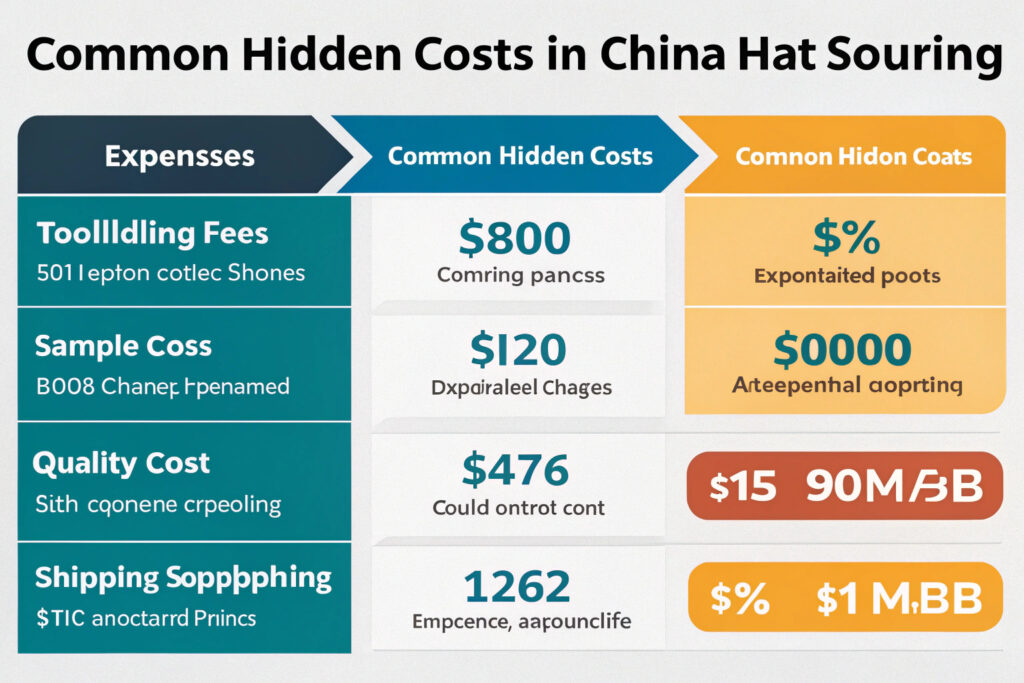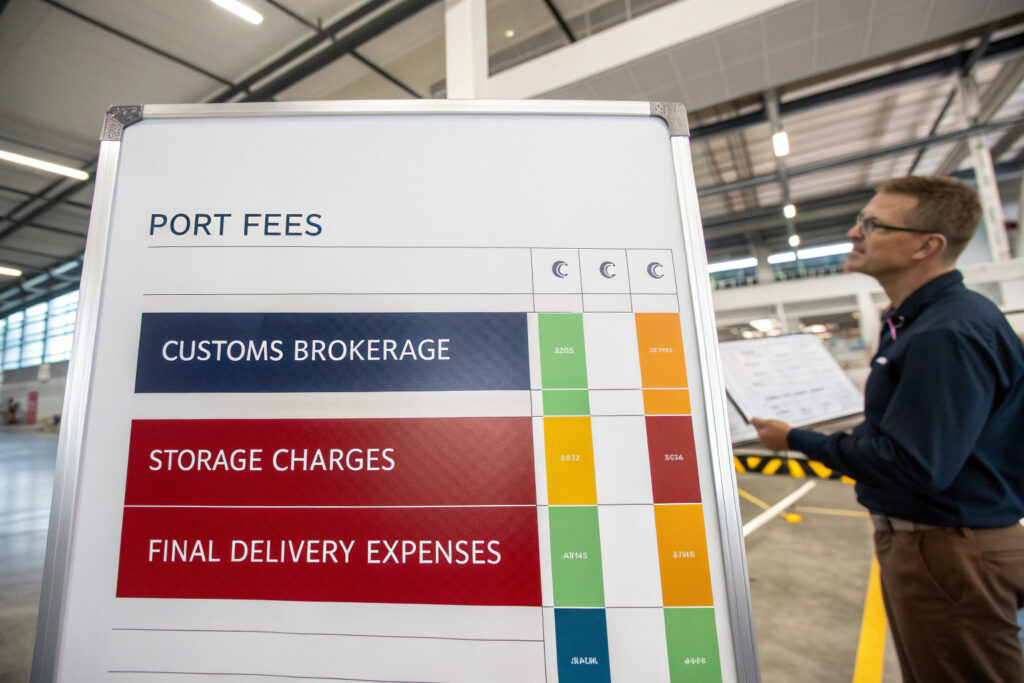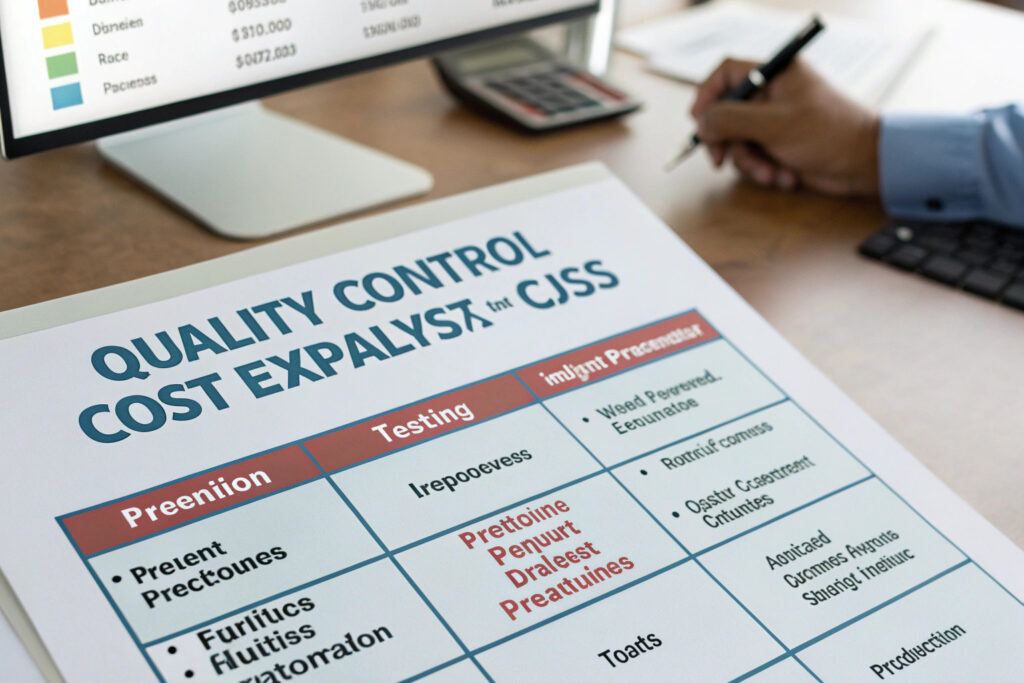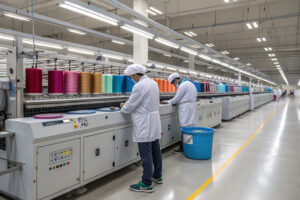Sourcing hats from China offers significant cost advantages, but hidden expenses can quickly erode savings and impact profitability. Many importers encounter unexpected charges that transform seemingly low per-unit prices into costly ventures. Understanding and anticipating these potential costs is crucial for accurate budgeting and successful sourcing.
The most effective strategies for avoiding hidden costs in China hat sourcing include comprehensive cost analysis, clear supplier agreements, understanding total landed costs, and implementing proactive quality control measures. These approaches address the most common areas where unexpected expenses arise during international manufacturing and shipping.
Mastering these cost-management techniques ensures predictable pricing and protects your profit margins while maintaining quality standards throughout your China hat sourcing operations.
What Are the Most Common Hidden Costs in Hat Sourcing?
Hidden costs in China hat sourcing typically emerge from incomplete initial quotations, unexpected production charges, and unforeseen logistics expenses that weren't included in original price calculations.
The most frequent hidden costs involve tooling and mold charges, sample development fees, quality control expenses, shipping complications, and currency fluctuation impacts that collectively can increase total costs by 15-30% if not properly anticipated.

How Do Tooling and Mold Charges Impact Pricing?
Tooling and mold costs represent significant upfront expenses that many suppliers don't include in initial per-unit pricing, particularly for custom hat designs with specialized components.
Custom hat blocks for shaping can cost $200-$800 each depending on complexity and materials. Specialized molds for plastic components like buckram interfacing or structured brims require substantial investment. Embroidery digitizing fees for custom logos typically range from $30-$150 per design. Our sourcing agreements now specify that all tooling costs must be detailed upfront, with ownership clearly assigned to prevent duplicate charges across multiple production runs.
What Sampling Expenses Often Get Overlooked?
Sample development involves multiple cost layers that many suppliers absorb into per-unit pricing or charge separately, creating budget surprises.
Prototype sample fees typically range from $50-$200 per style, covering materials and specialized labor. Shipping costs for samples via express services can add $40-$80 per shipment. Sample revision charges for multiple iterations accumulate quickly, particularly for complex designs. Our current practice includes a sample cost cap in supplier agreements, limiting total sample expenses to 2-3% of projected order value and requiring approval before exceeding this threshold.
How Can Clear Supplier Agreements Prevent Cost Surprises?
Comprehensive supplier agreements establish clear financial expectations and responsibilities, preventing misunderstandings that lead to unexpected charges during production.
Detailed contracts should cover all potential cost scenarios, payment terms, quality standards, and responsibility allocations that might otherwise result in disputed charges or surprise invoices.

What Payment Terms Minimize Financial Risk?
Structured payment terms balance supplier needs with importer protection, preventing situations where advanced payments limit negotiation leverage for additional charges.
Standard 30/70 payment terms (30% deposit, 70% before shipment) provide reasonable protection for both parties. Including a performance guarantee period where 10-15% of payment is held until successful product receipt creates quality assurance leverage. Our agreements specify that any cost increases must be supported by documented material price changes or regulatory requirements and approved in writing before implementation.
How Detailed Should Specifications Be to Avoid Charges?
Comprehensive technical specifications prevent interpretation variances that lead to quality disputes, rework charges, or rejected shipments.
Detailed tech packs should include material specifications with approved mill sources, precise measurements with tolerance ranges, and construction details with stitch specifications. Our specifications now include photographic standards for color matching and physical reference samples for critical elements, reducing interpretation disputes that previously resulted in quality claim charges.
What Logistics Costs Often Get Overlooked?
Logistics and shipping expenses contain multiple potential hidden costs beyond basic freight charges that significantly impact total landed costs.
Common overlooked logistics expenses include port fees, customs brokerage, storage charges, and last-mile delivery costs that can add 10-25% to expected shipping expenses.

How Does Dimensional Weight Pricing Impact Shipping?
Dimensional weight calculations can dramatically increase shipping costs for hat shipments, particularly for structured styles that require protective packaging.
Shipping carriers calculate charges based on dimensional weight (length × width × height ÷ dimensional factor) rather than actual weight when dimensional weight exceeds physical weight. Our analysis shows hat shipments often incur 25-40% higher costs due to dimensional weight pricing, particularly for structured caps requiring protective packaging that increases package size. We now optimize packaging dimensions specifically for dimensional weight efficiency, reducing this cost impact by 15-20%.
What Customs and Duty Expenses Should Be Anticipated?
Import duties, customs brokerage fees, and compliance-related expenses represent significant costs that many first-time importers underestimate.
Harmonized System codes for hats typically carry duty rates of 4.5-8.5%, but misclassification can result in higher rates or penalties. Customs brokerage fees typically range from $150-$400 per shipment depending on complexity. ISF filing fees for ocean shipments add $25-$75, while exam fees for customs inspections can reach $200-$500 if triggered. Our landed cost calculations now include a 10% contingency for customs-related expenses based on historical data across multiple shipments.
How Does Quality Control Affect Total Costs?
Quality issues represent one of the most significant sources of hidden costs through rejected goods, customer returns, and brand reputation damage.
Effective quality management prevents expenses related to production rejects, shipping of defective goods, and customer satisfaction issues that impact long-term profitability.

What Inspection Costs Should Be Budgeted?
Professional inspection services provide cost-effective quality assurance but represent an additional expense that many importers initially overlook.
Pre-production inspections of materials and components typically cost $200-$400 and prevent issues before mass production. During-production inspections at 20-50% completion range from $300-$600 but identify problems while correction is still feasible. Final random inspections following AQL standards typically cost $400-$800 but prevent shipment of defective goods. Our quality cost analysis shows that comprehensive inspection protocols represent 1.5-2.5% of order value but prevent costs averaging 8-12% from quality failures.
How Do Returns and Replacements Impact Profitability?
Customer returns and necessary replacements create substantial hidden costs through reverse logistics, inventory replacement, and potential lost future sales.
Return processing costs typically amount to 15-30% of product value when accounting for shipping, inspection, and restocking. Replacement shipping expenses for defective goods often require expensive expedited services to maintain customer satisfaction. The long-term customer value loss from quality issues can exceed immediate replacement costs by 3-5 times. Our data shows that investing in additional quality assurance equivalent to 2-3% of product cost typically reduces return rates by 40-60%, providing strong return on investment.
What Communication Strategies Prevent Cost Misunderstandings?
Clear, consistent communication prevents the misunderstandings that frequently lead to unexpected charges, production errors, and timeline delays.
Effective communication practices include detailed documentation, regular updates, and cultural awareness that ensure all parties share the same expectations and understandings.

How Can Regular Updates Prevent Costly Mistakes?
Scheduled communication and progress updates identify potential issues early, when corrective action is most cost-effective.
Weekly production status reports with photographs prevent surprises and allow early intervention. Material procurement updates confirm sourcing aligns with specifications before cutting begins. Quality checkpoint documentation at critical production stages provides assurance and identifies issues proactively. Our implementation of structured communication protocols has reduced unexpected charges by 65% by ensuring all parties maintain aligned expectations throughout production.
What Role Does Cultural Understanding Play in Cost Management?
Understanding Chinese business culture and communication styles prevents misunderstandings that lead to additional charges and production issues.
The Chinese communication style often involves indirectness and relationship focus that can obscure problems until they become costly. Understanding guanxi (relationship) importance helps build partnerships that prioritize problem-solving over blame assignment. Recognizing face-saving communication patterns allows sensitive issues to be addressed without damaging relationships. Our cultural training for sourcing teams has improved issue resolution efficiency by 40% and reduced relationship-related costs by 25%.
Conclusion
Avoiding hidden costs in China hat sourcing requires comprehensive planning, detailed agreements, thorough quality management, and effective communication strategies. By anticipating potential cost areas and implementing proactive management approaches, importers can achieve predictable pricing and protect profit margins while maintaining quality standards.
The most successful sourcing strategies address hidden costs systematically rather than reactively, creating sustainable supplier relationships and reliable cost structures that support long-term business growth.
Ready to optimize your China hat sourcing with transparent, predictable costing? Contact our Business Director Elaine today to discuss comprehensive sourcing strategies that eliminate hidden expenses. Her email is elaine@fumaoclothing.com. Let's build a sourcing approach that delivers both quality and cost predictability for your hat business.







